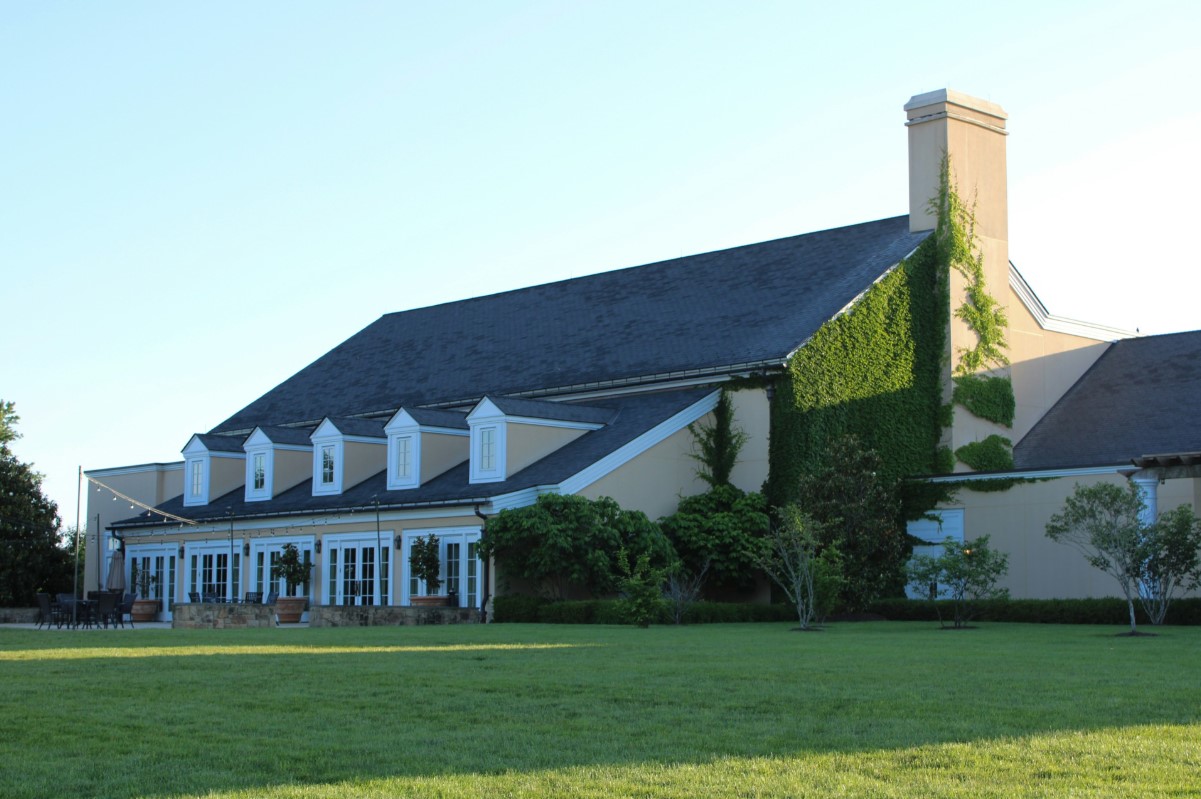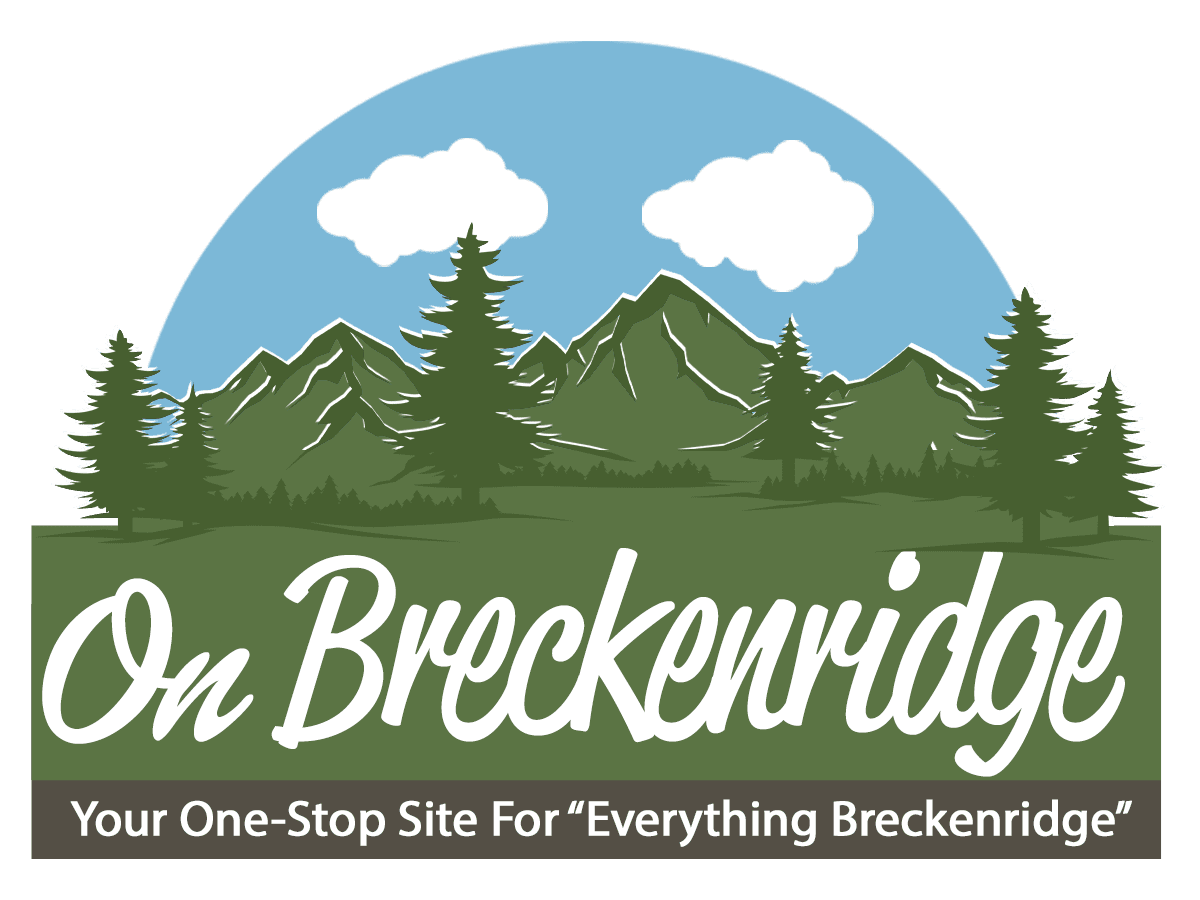When Stucco Over Siding Makes Sense — And Why It’s Gaining Traction in the Front Range

Across Colorado’s Front Range, from Denver’s suburban hills to the shadow of Pikes Peak in Colorado Springs, a quiet renovation trend is taking shape—literally. More homeowners are choosing to install stucco over existing siding instead of opting for full exterior replacements. What began as a practical workaround to Colorado’s intense climate is now evolving into a design movement that blends aesthetics, durability, and energy efficiency.
If you search for stucco over siding Colorado Springs, you’ll notice that many professional contractors now also specialize in stucco-over-siding installations. That’s because this hybrid approach offers homeowners the best of both worlds: the thermal performance and low maintenance of stucco, and the cost savings of reusing existing siding as a base layer.
The Rise of Stucco in the Front Range
Stucco isn’t new to Colorado. Its history stretches back more than a century, tied to Spanish and Mediterranean architectural influences that fit beautifully with the state’s arid climate and sunlit landscapes. But while traditional stucco has long been used on masonry homes, it’s only recently that homeowners with wood or vinyl siding have begun seeing it as a viable retrofit solution.
The Front Range’s unique environment is partly responsible for the shift. With more than 300 days of sunshine, heavy hail seasons, and dramatic freeze-thaw cycles, local exteriors take a beating. Materials such as vinyl warp in extreme heat, wood expands and contracts, and even modern fiber-cement boards can develop micro-cracks. Stucco, when installed correctly, offers something these materials don’t: a monolithic, breathable, and thermally efficient shell that can withstand Colorado’s erratic weather patterns.
According to the National Association of Home Builders, stucco has now surpassed vinyl as the most popular exterior finish in the Western United States. In Colorado, where aesthetic preferences lean toward natural, textured finishes, that popularity translates directly into increased adoption—especially in renovation projects where homeowners want to upgrade both protection and curb appeal without gutting their walls.
When Stucco Over Siding Works
Installing stucco over existing siding isn’t always simple, but under the right conditions, it can be a smart and sustainable choice. The key lies in the condition of the existing structure and how well it can serve as a substrate for the stucco system.
In homes where the siding is structurally sound and properly attached, contractors can apply stucco directly over it with the help of a metal lath system and moisture barrier. This method creates a secure foundation without tearing off old materials, reducing waste and saving thousands in labor costs.
However, not every siding type is suitable. Vinyl siding, for instance, is too flexible to support stucco’s weight; it must either be removed or reinforced. Wood siding, on the other hand, can often be retained as long as it’s in good condition and free of rot. Fiber cement and composite boards provide even better bases due to their rigidity and moisture resistance.
The Aesthetic Upgrade
While practicality drives many stucco-over-siding projects, aesthetics often seal the deal. Stucco provides an instant facelift to aging homes, replacing outdated lap siding or faded vinyl panels with a seamless, high-end finish.
Modern stucco isn’t limited to the traditional “rough” look, either. Homeowners can now choose from a wide variety of finishes, including smooth, sand, lace, or even custom trowel textures that mimic stone or concrete. Color options are equally versatile—thanks to pigment-infused coatings, stucco can maintain vibrant hues without frequent repainting.
This flexibility has made stucco a favorite among homeowners updating 1970s and 1980s houses that dominate many Front Range neighborhoods. The transformation can be dramatic: where wood siding once warped or peeled, stucco introduces clean lines and a refined architectural presence that boosts resale value.
Energy Efficiency and Insulation Benefits
Beyond beauty, stucco’s energy efficiency is one of its strongest selling points—especially in a region where heating and cooling costs fluctuate with the seasons. Traditional stucco systems already offer a degree of insulation due to their layered composition. But when installed over siding, contractors often incorporate foam insulation boards beneath the stucco to enhance thermal performance.
This “EIFS” (Exterior Insulation and Finish System) hybrid acts as both an aesthetic and functional upgrade, reducing thermal bridging and improving the home’s energy envelope. According to the U.S. Department of Energy’s Office of Energy Efficiency & Renewable Energy, homes with continuous exterior insulation can cut energy loss through walls by up to 30 percent.
For Front Range residents dealing with high heating bills during freezing winters and the rising cost of summer air conditioning, that kind of efficiency isn’t just environmentally friendly—it’s economically practical. The added insulation layer also helps moderate interior humidity levels, reducing condensation and the risk of mold.
Weather Resistance and Durability
Colorado’s weather can swing from sunshine to snowstorm in a single afternoon. Stucco’s ability to handle those extremes is one reason it’s gaining traction across the region.
When properly applied and sealed, stucco creates a weather-tight shell that resists wind, UV rays, and hail better than many traditional siding options. Unlike vinyl, it doesn’t crack under impact or fade quickly in high-altitude sunlight. Unlike wood, it doesn’t swell or attract pests.
In areas such as Colorado Springs or Castle Rock, where hailstorms frequently strike, reinforced stucco systems with flexible base coats have become particularly popular. These coatings help absorb impact without chipping, reducing the need for frequent repairs.
The Cost Equation: Investment vs. Replacement
Installing stucco over siding typically costs less than a full tear-off and replacement, especially when factoring in disposal and structural labor. Depending on materials and insulation upgrades, the average cost ranges between $8 and $14 per square foot—compared to $15 or more for full re-siding with premium materials.
However, the long-term value lies not just in cost savings but in reduced maintenance. Unlike painted siding that requires touch-ups every few years, stucco can last 50 years or more with minimal upkeep. Periodic inspections, small crack repairs, and resealing every decade are usually enough to keep it performing like new.
Common Misconceptions About Stucco Over Siding
Some homeowners remain skeptical, assuming stucco can’t adhere well to existing siding or that the installation adds too much weight. In reality, when professionally installed, modern stucco systems distribute weight evenly and rely on metal lath—not direct adhesion—to anchor securely.
Another misconception is that stucco traps moisture. This only occurs when barriers are improperly installed or when homeowners hire inexperienced contractors unfamiliar with Colorado’s dry, variable climate. Properly vented and layered stucco assemblies actually promote moisture evaporation, preventing internal rot.
It’s also worth noting that stucco isn’t limited to certain architectural styles. Whether your home leans contemporary, craftsman, or mountain modern, the finish can be tailored to match your design vision.
A Future Built on Adaptation
Ultimately, the growing popularity of stucco over siding in Colorado’s Front Range reflects a larger trend toward adaptive home improvement. Homeowners are learning that durability and style don’t have to come at the expense of sustainability or budget. With the right preparation and professional guidance, stucco can transform dated exteriors into resilient, energy-efficient facades ready for the region’s next weather curveball.
In an era defined by climate unpredictability, flexibility in construction materials and methods has become more valuable than ever. Stucco over siding embodies that flexibility—it’s adaptive, enduring, and distinctly Colorado

















